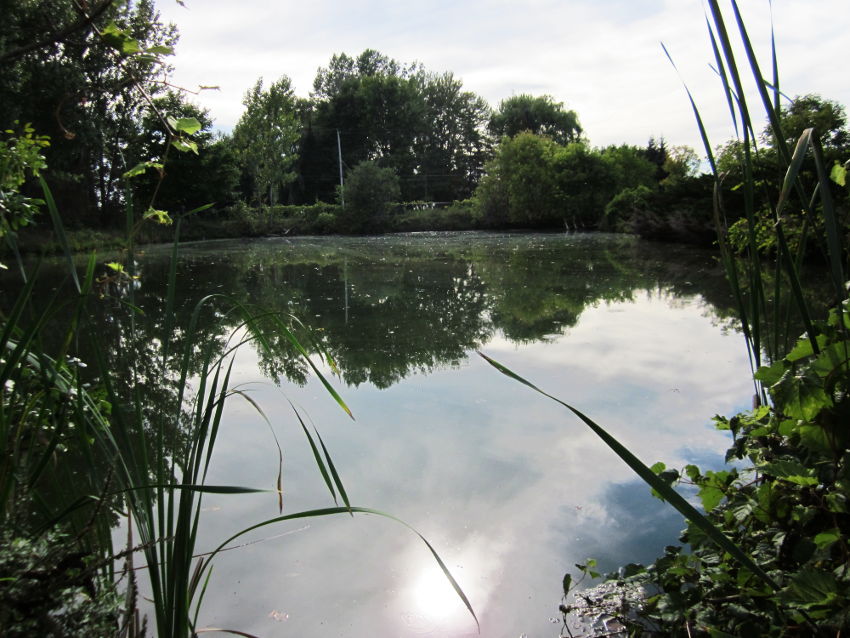All plants need water in order to live. Here are a few tips to help you water your plants more efficiently.
Like doing any job, the first thing you need is the right tools. If you have a very small job, nearly any old hose will do. However, if you need any hose of any real length, you need a good one. The smaller diameter of hose, the lower the water pressure will be when you reach the end of the hose. I avoid any hose less than 5/8" diameter for decent pressure from end-to-end.
If you're watering by hand, you need to consider what have on the end of your hose. Pistol-grip trigger systems work well for small areas and multi-functions, but can be awkward when watering large areas. Water wands are necessary for reaching high areas of far into your garden, but try to use the shortest wand you can get to prevent wrist strain.
Hose-end shut-offs are very handy things. Some new water wands have a squeeze-type trigger similar to those on pistol-grip tools and can work quite well. Those triggers are very handy but can also reduce pressure and can sometimes create too much back-pressure for a syphon to work properly. When looking for a traditional ball-valve type shut-off, one made of brass lasts the longest, but at the highest cost. Plastic units do a great job, but be prepared to replace them more often.
If you want to fertilize when you water, there are many options available. The degree of accuracy of various fertilizer units can often leave something to be desired. My favourite type is the good old-fashioned brass syphon unit. They're small, accurate, and last nearly forever. The only drawback is - you can't use them with a sprinkler system or anything that creates back-pressure.
When watering your plants, you do need to make sure the plants are properly watered. Water needs to soak into the soil and get to the roots of the plant. In the case of lawns, that's not very deep, but trees and shrubs need deeper soaking. Planters and hanging baskets need to be watered until water runs through the drain holes in the bottom. Since you want to get lots of water on, but gently, you need to have a water breaker or rain breaker on the end of your hose. The best ones are metal and have a tapered end to spread the water over a wider area.
When using a sprinkler for automated watering, different sprinklers have different levels of efficiency. Sprinklers with a fine mist are less efficient since more water evaporates into the air before it hits the ground. The good old-fashioned impact sprinklers are the best overall sprinklers. Soaker hoses and drip lines are by far the most efficient way of watering but are somewhat less versatile. Always try and use your sprinklers first thing in the morning. Use a water timer if you won't be around to turn it off. It's a great way to make sure your garden gets the correct amount of water even if you aren't around.
The time of day is also quite important when it comes to watering. Under ideal situations, any water on the leaves of your plants should be dry by the time night rolls around. Watering late in evening would not be the most ideal situation. Watering in the morning is the best time since the cooler temperatures reduce evaporation so more water gets into the roots. The leaves would then dry up by the time evening rolls around.
Many myths have risen about watering in the middle of the day. For years growers have watered at any time a plant needed water. In our berry field, we will often turn water on during the hottest part of the day when the sun is at it's peak to give our plants a bit of cooling and relieve the stress. It's not the best time to water by far, but if a plant is dry or suffering, watering it is better than potentially letting it die.
And the most important rule about watering above all others: If it's dry water it. If it's wet, don't.

